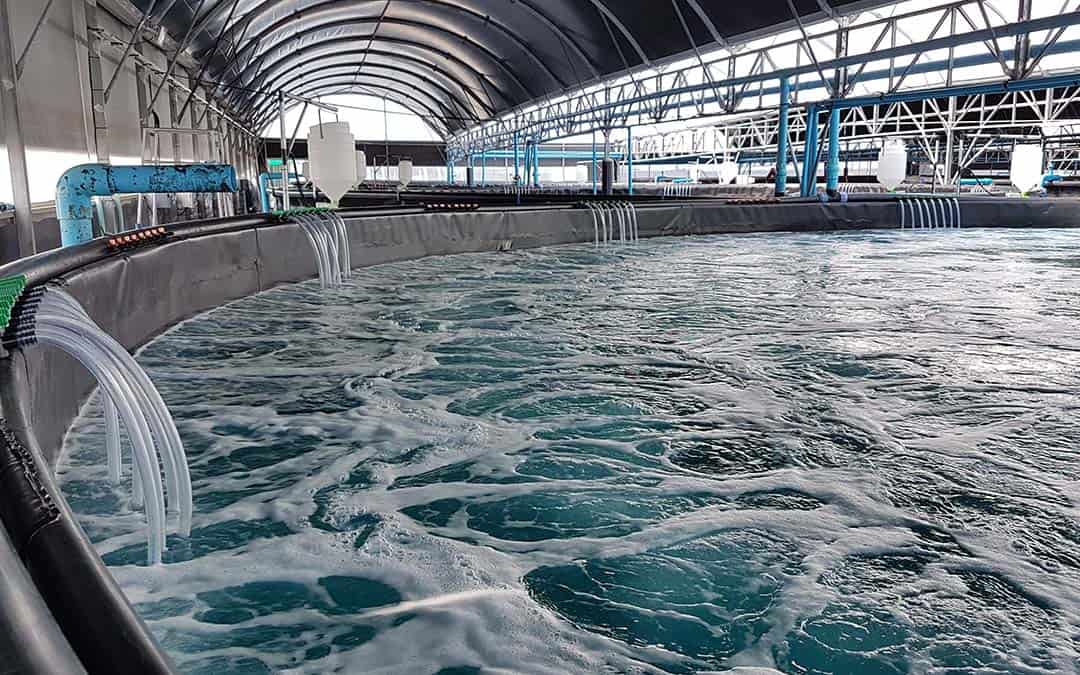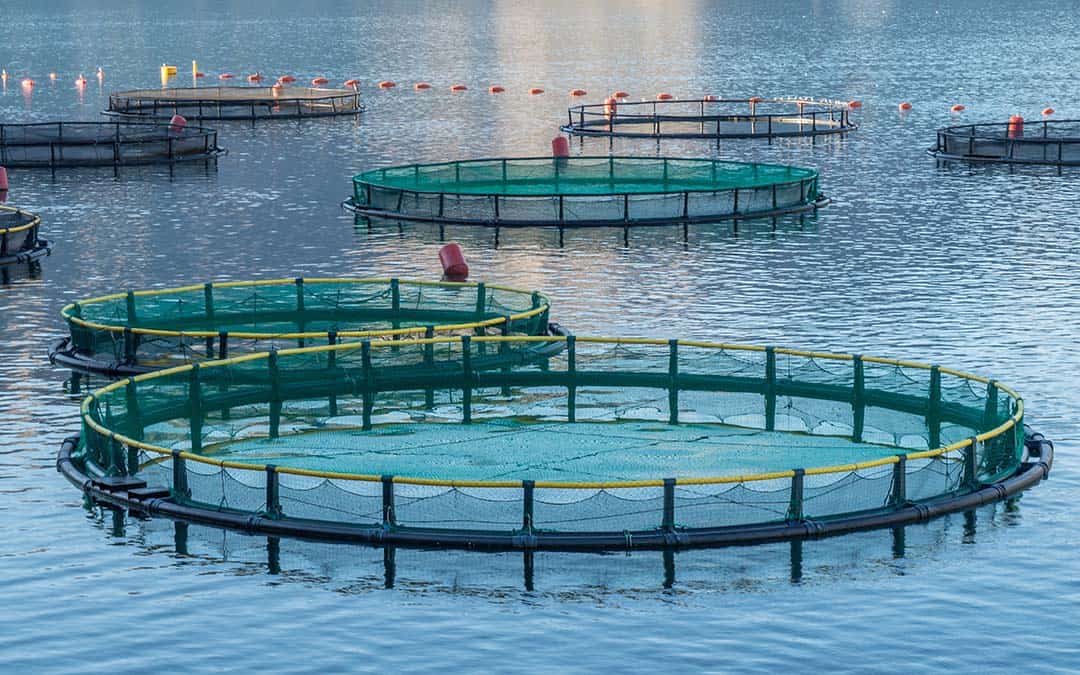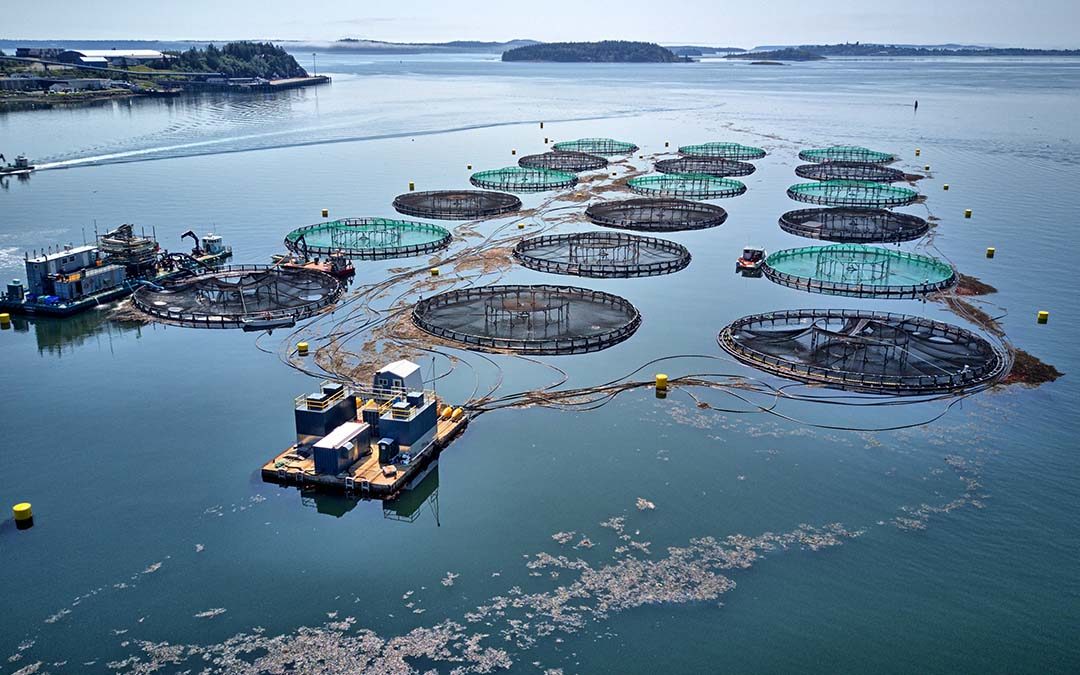The world can’t seem to get enough of seafood as the demand for it is progressively rising. Overfishing continues to run rampant, effectively hurting the ecosystems of the ocean. Luckily, aquaculture has joined the fight in meeting the world’s seafood demands, mitigating the negative impacts of overfishing. Fish have been surviving and thriving in aquaculture, all thanks to the help of liquid oxygen.
What Is Aquaculture?

There are many benefits to aquaculture. First and foremost, the feed conversion rate of fish is much more optimal. It only takes 1.3 kg of feed to produce 1 kg of Atlantic salmon, while producing pork at the same weight would require 2.63 kg of feed.
Not only this, aquaculture is more beneficial environmentally as well. It doesn’t negatively affect ecosystems such as overfishing, and offers less risk of contamination to waterways as they are a closed-off system. And with systems such as recirculating aquaculture systems (RAS), 99.6% of its water can be reused for future production, reducing water waste.
However, there are some downfalls to aquaculture that one must consider. The production cycles of aquacultures take longer, typically ranging from one to three years. Managing aquacultures can be difficult and temperamental, as many factors such as pH, light, temperature and oxygen levels must be considered for fish to remain healthy and flourish. If not monitored carefully, anoxia can spread quickly in these enclosed systems.
This is how liquid oxygen has found its way into being an aquaculturist’s best friend.
How Does Liquid Oxygen Help?

Fish need oxygen to survive. They absorb oxygen through direct contact with water, and ensuring adequate oxygen levels 24/7 is key in securing the well-being, health and low stress levels of fish, especially those raised in farms. During peak consumption and growth periods, there could be critical oxygen deficiencies at aquaculture farms. In order to prevent this, many aquaculturists have turned to oxygenation, the method of transferring pure oxygen into water.
Liquid oxygen is one of the two ways of pure oxygen transfer, the other method being oxygen generation. Oxygen generators pull pure oxygen from the air, requiring a large power source to run. Liquid oxygen does not need electricity to run, just a special tank and evaporator to vaporize the gas before transferring it into the water.
Advantages of either method will rely heavily on the needs of each aquaculture system. In terms of cost efficiencies, while liquid oxygen needs to be purchased by canisters even after acquiring the additional equipment required, oxygen generators are at the whims of power outages and need regular maintenance. Also, while constantly purchasing canisters of liquid oxygen can be an inconvenience, it can provide flexibility in areas that an oxygen generator cannot, such as temporarily speeding up oxygen flow to a system. Aquaculturists must carefully consider all factors of their specific RAS in order to see which method fits best for their fish farm.
Decided on liquid oxygen for your oxygenation needs? CalOx has been providing Southern California with pure oxygen and other high-quality gases for over 85 years. With trained technicians, we can help your business with everything from regular deliveries to storage, delivery and handling equipment, along with training and maintenance. Reach out to CalOx today with any questions or inquiries to have your gases supplied to you as soon as possible.
